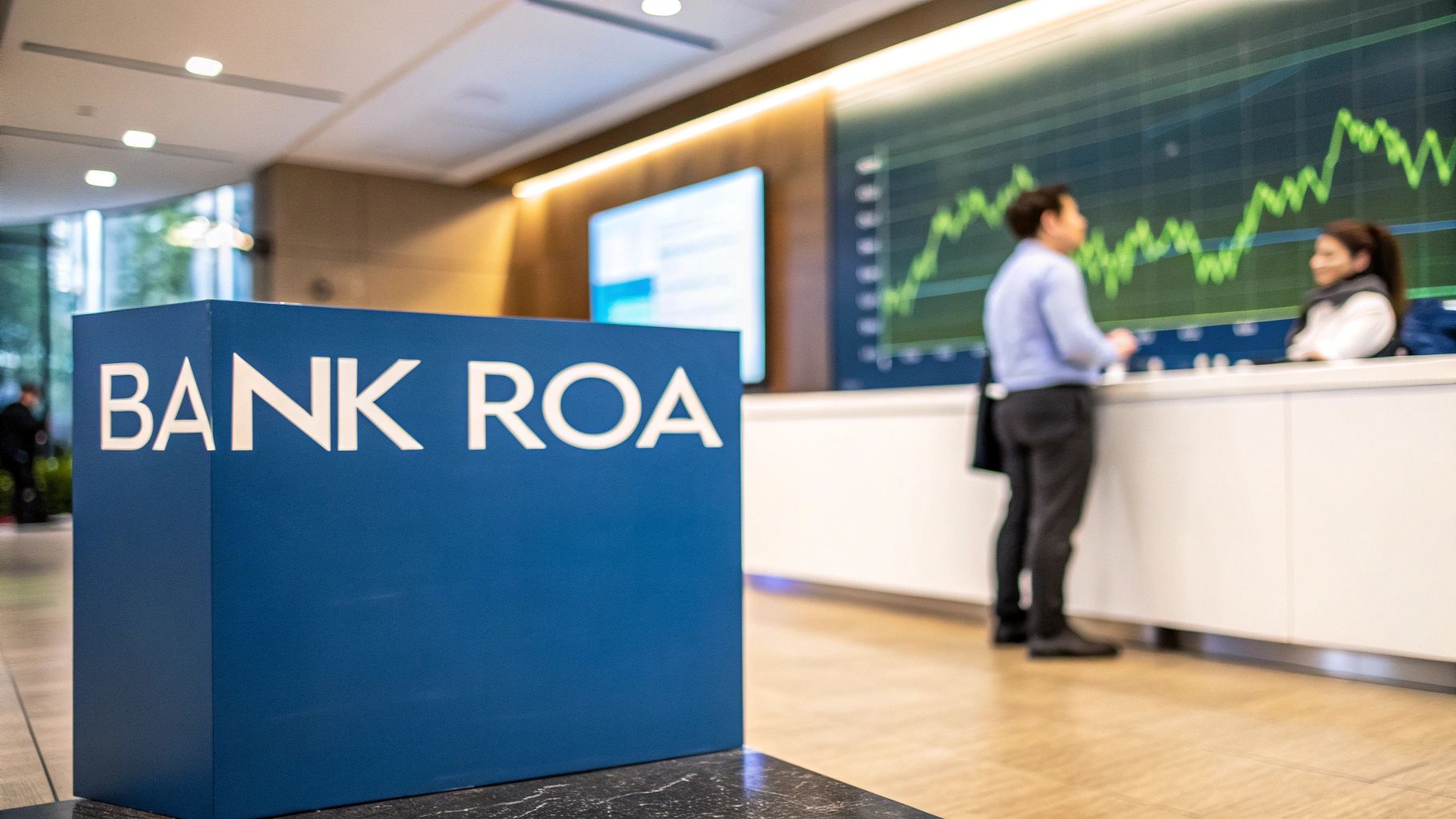← Back to News
List of Banks by Asset Size
Banking Knowledge Base10/8/2024Banking Knowledge Baseasset sizebank assets and liabilitiesbank of americabanking

Table of Contents
Largest Banks by Asset Size
As of recent reports, the largest banks globally are measured by their total assets. The following list highlights some of the largest banks:- Industrial and Commercial Bank of China (ICBC) - With assets exceeding $4 trillion, ICBC is the world's largest bank.
- China Construction Bank (CCB) - CCB follows closely with assets around $3.5 trillion.
- JPMorgan Chase - The largest bank in the United States, with assets over $3.3 trillion.
- Agricultural Bank of China - Assets are approximately $3.3 trillion, making it one of the top contenders.
- Bank of America - Another major US bank with assets around $2.4 trillion.
- Wells Fargo - With assets close to $2 trillion, Wells Fargo is a significant player in the US banking sector.
- HSBC Holdings - This global bank has assets exceeding $3 trillion.
- Japan's Mitsubishi UFJ Financial Group - With assets around $3 trillion, it stands as Japan's largest bank.
23 Largest U.S. Banks Pass Fed Stress Test
Average Bank Asset Size
The average bank asset size varies significantly based on the region and the types of services offered. In the United States, for instance, the average asset size of commercial banks is around $1 billion. This average can be skewed by the presence of large institutions, leading to a wide range of asset sizes among banks.Largest Banks in America
In the United States, several banks dominate the asset size landscape:- JPMorgan Chase - $3.3 trillion => Get the Full Report
- Bank of America - $2.4 trillion => Get the Full Report
- Wells Fargo - $2 trillion => Get the full Report
- CitiGroup - Approximately $1.7 trillion
- US Bank - Asset size around $600 billion
| Rank | Bank Name | Total Assets (Billions USD) |
|---|---|---|
| 1 | JPMorgan Chase | 3,503 |
| 2 | Bank of America | 2,550 |
| 3 | Wells Fargo | 1,743 |
| 4 | Citibank | 1,699 |
| 5 | U.S. Bank | 669 |
| 6 | PNC Bank | 562 |
| 7 | Goldman Sachs | 549 |
| 8 | Truist Bank | 527 |
| 9 | Capital One | 479 |
| 10 | TD Bank | 370 |
FAQs
Which bank has the largest assets?
The Industrial and Commercial Bank of China (ICBC) has the largest assets in the world, exceeding $4 trillion.What are the 50 largest banks in the world?
A comprehensive list of the 50 largest banks can be found through financial news resources and banking reports, detailing their asset sizes and rankings.What is the average bank asset size?
The average bank asset size varies by region; in the US, it is approximately $1 billion.Which bank in America has the most assets?
JPMorgan Chase is the bank in America with the most assets, around $3.3 trillion.What is the asset size of US Bank?
US Bank has an asset size of approximately $600 billion.What is the asset size of Bank of America?
Bank of America has assets around $2.4 trillion.What is the smallest bank in the US by asset size?
The smallest bank in the US by asset size varies, but many local and community banks can have assets as low as a few million dollars.Where can I find more information on banking asset sizes?
For additional details and inquiries, you can contact Visbanking.Similar Articles

Brian's Banking Blog
Decoding Credit Union Asset Size for Banks

Brian's Banking Blog
Largest Banks in Texas: A Data-Driven Analysis for Executive Leadership

Brian's Banking Blog
Optimizing Net Interest Income for Bank Profitability

Brian's Banking Blog
Mastering Banking Performance Metrics: A Guide for Executives

Brian's Banking Blog
Return on Assets for Banks: A Guide for Executive Decision-Making

Brian's Banking Blog
Loan to Deposit Ratio Definition: A Strategic Guide for Bank Executives

Brian's Banking Blog
Net Interest Margin in Banks: A Strategic Guide for Executives

Brian's Banking Blog
Mastering Return on Equity: A Strategic Guide for Bank Executives

Brian's Banking Blog
8 Historic Banks That Merged: Lessons for Today's Executive

Brian's Banking Blog